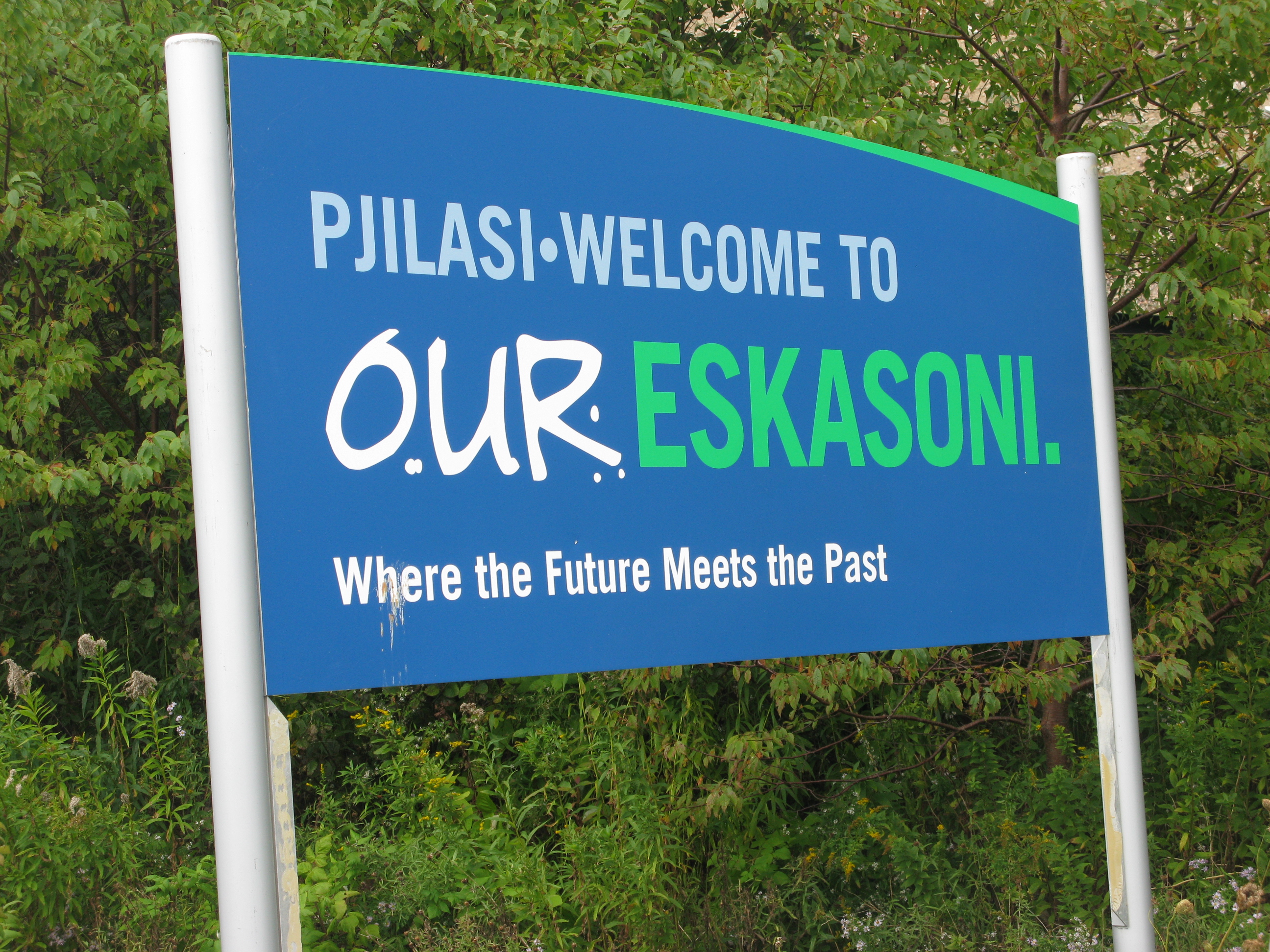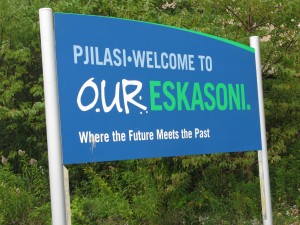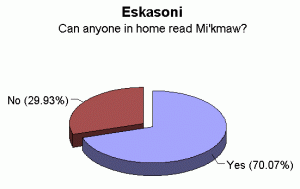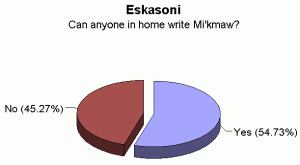Lessons from Ottawa, Part Two: Total Immersion
Between October 2-4, a group of some of the world’s top experts on indigenous languages met in Ottawa under the auspices of the Foundation for Endangered Languages.
Some of the research presented at the conference is of direct and urgent relevance to the Chittagong Hill Tracts Project, a collaboration of the Endangered Alphabets and the Champlain College Publishing Initiative. (The Endangered Alphabets Project is proactively interested in trying to reverse loss of indigenous language and culture; the Champlain College Publishing Initiative is helping to publish materials for indigenous language education.)
In particular the research presented in Ottawa addresses the benefits of trying to revive endangered indigenous languages, especially among children—very much what we’re trying to help achieve in Bangladesh.
I’m going to present a digest of this information in a short series of short posts. Even though much of the material is drawn from research in Canada, it applies to the efforts to support indigenous people’s education in Bangladesh, in the United States, and indeed all over the world.
I strongly invite you to repost them, tweet about them, or print them out, roll them up and tie them to the leg of a pigeon—anything to get the word out about the importance of this endeavor.
I’m very grateful to the FEL for inviting me and the Alphabets to Ottawa. I’m especially grateful for extended conversations with Carol Genetti, DJ Hatfield, Tom Saunders, Joan Argenter, Chris Moseley, John Clifton, and Nina Doré.
Total Immersion Education in Indigenous Languages: What Good Does It Do?
A number of cultures across the world–including, for example, the Cherokee in the United States–are trying to revive their ancestral languages, both spoken and written, by starting total-immersion programs for young children.
Two common assumptions about immersion programs are that (a) they set up an opposition between the indigenous language and the national or standard language, and/or (b) they make it harder for the child to learn the national or standard language as they get older.
Both these assumptions turn out to be completely untrue–in fact, they are the opposite of the truth.
Sherise Paul-Gold and Starr Sock, teachers in the Eskasoni school system and Joanne Tompkins and Anne Murray Orr of St. Francis Xavier University, investigated the success of Mi’kmaw and Wolastoqi immersion programs in Nova Scotia and New Brunswick, and presented their findings at the FEL conference in Ottawa. (The Eskasoni First Nation is a First Nations band government located in Nova Scotia, Canada.)
In these schools, children start out learning exclusively in their traditional indigenous languages, then turn to all-English instruction in the 5th grade.
One might assume that this would be a bumpy transition, with all kinds of educational stumbling and floundering at that age, and consequent difficulties in picking up English, and learning in English.
Far from it. A formal assessment of 81 children in the 7th grade showed that of the children who were reading below grade level, all of them came from an English-only background. By contrast, of the 15 students who tested above grade level for reading, retention, and comprehension, 14 were former immersion students.
In other words, learning initially in their own language had taught indigenous children a love of learning. This showed up in attitudes toward school, toward studying, and in prosocial behaviors such as kindness and helpfulness toward their peers. Teachers and parents reported that former immersion students even scored better on math and science skills.
Similar studies elsewhere have found similar outcomes when the indigenous language was French, Inuktitut (the predominant Inuit language) and even Maori.
Total-immersion schooling turns out to do a great deal more than improve the children’s fluency in their own ancestral language. Mind you, that fluency has a number of significant benefits in itself. For example: a study of Inuit children educated in Inuktitut found that they could solve complex mental problems by second grade, while other Inuit children being schooled in English or French were, by that age, already falling behind. Proficiency in their own language improves the individual and collective self-esteem of indigenous students.
In Bangladesh, our colleague Maung Nyeu has already found anecdotal evidence suggesting that the three community-developed indigenous-language schools in the Chittagong Hill Tracts are having similar impacts on their students.
“In our effort, children are co-constructors of knowledge, that is, [they are helping to create] children’s story books. We have observed increased engagement in three areas, cognitive engagement, behavioral engagement, and emotional engagement.”
Instead of the documented 65% dropout rate by the end of 5th grade in the conventional Bangla-language schools, he reports that children are as eager for an education as the indigenous children in Canada.
“When you ask them what they want to be when they leave school,” he said, “they are now saying `I want to be a teacher.’ `I want to be a doctor.”
To learn more about the indigenous-language schools in the Chittagong Hill Tracts, click HERE.




